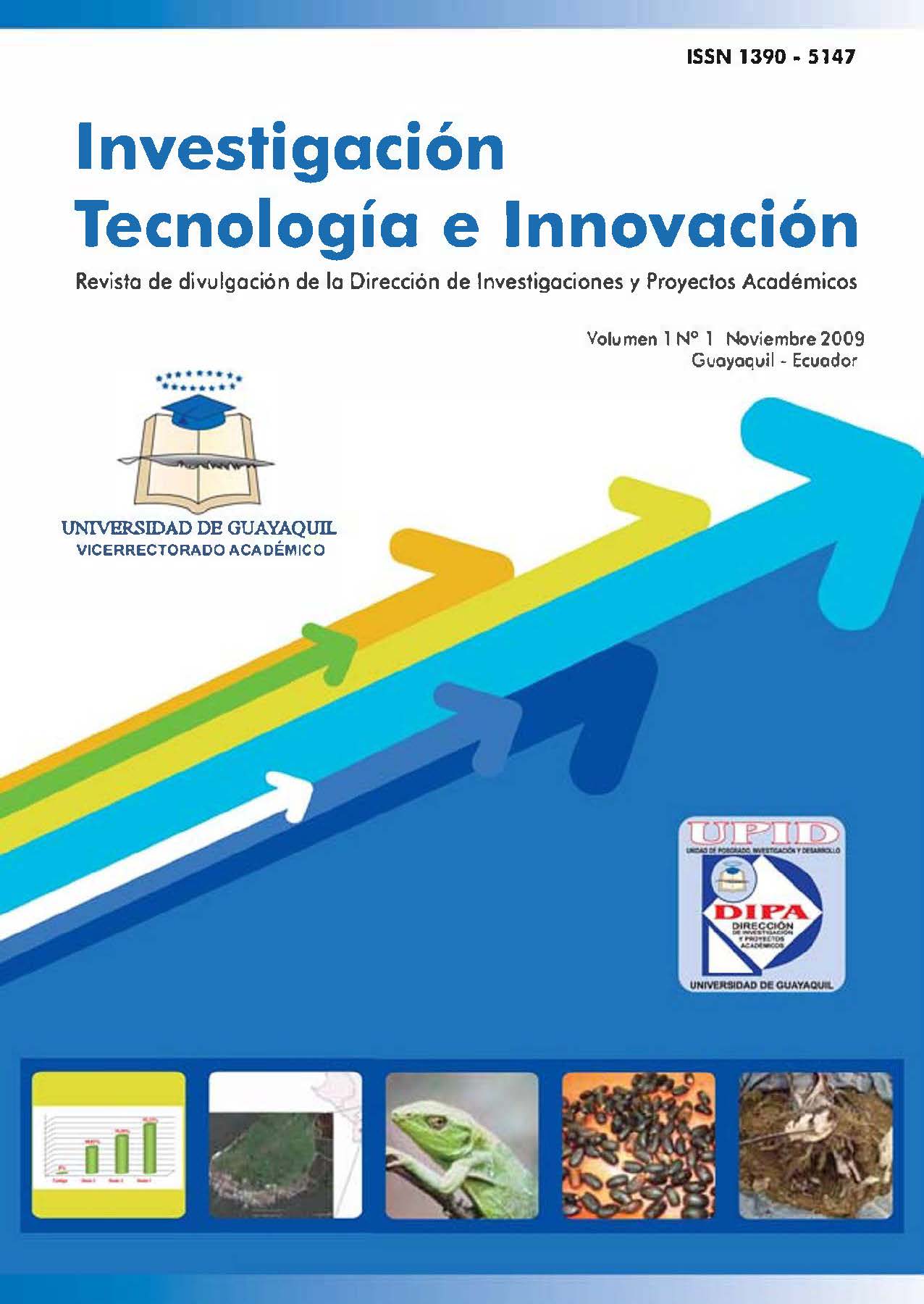Mucuna pruriens, an alternative against malnutrition
DOI:
https://doi.org/10.53591/iti.v1i1.32Keywords:
Child malnutrition, school underachievement, essential amino acids, serum proteins, visuo-motor perceptionAbstract
This paper investigates the feasibility of using the wild legume Mucuna pruriens (L.) DC. (fabaceae) as a viable alternative to alleviate the nutritional deficit of a large percentage of children being educated in the schools of Guayaquil. It is considered that the low school performance observed in public schools is related to the deficient nutrition of the students. For this purpose, the biological value of the bean Mucuna Pruriens8 was analyzed. Several products made from this legume9 were prepared and presented, seeds were collected in Vinces to cultivate them, and with them the studies of this work were carried out in the Faculties of Chemical Sciences, Chemical Engineering and ITAV of the University of Guayaquil. It was determined that the bean M. Pruriens does not present acute oral toxicity, it has a high nutritional value as it has good quality proteins, essential amino acids, vitamins, among others. Its digestibility level was determined at 91.81 %, maintaining the proteins after cooking. Its positive impact on the health of students in a school in Guayaquil was evaluated, showing a significant increase in serum protein levels. significant increase in serum proteins and level of maturity in visual-motor perception and mental development. With respect to its economic feasibility, an efficient cost/benefit ratio was determined.
References
Annan K. Secretario Genera l de la ONU (2002). "Seg unda conferencia mundial sobreali mentación" Revista Iberoamericana de Ciencia, Tecnología, Soc ie dad e Inn ovac ió n. Edita: Organizació n de Estados Iberoameric anos para la educació n, la Ciencia y la Cultura.
Banco Mund ial (2007). In sufic ie ncia Nutriciona l en el Ecuador, Quito. P.138 www.fil pkart.com /unsufic ie ncia,nutricio na l- Ecuador.
Díaz, G., Estupiñan , K. (2004). " La Mucuna como Cultivo de Cobertura Alternado con el Maíz". Universidad Técnica Estata l de Quevedo. Vol.3 UTEQ - PROMSA.
Ministerio de Previsión Soc ial y San idad (1975). Ins tituto Nacional de Nutrición "Tabla de composición de ali mentos ecuatorianos"
Myhrman R., " Determinació n y separac ió n de L-Dopa de Mucuna". Jud son College, lllino is . EEUU. Año 2004. Email: rmyhrman @judson- il.edu www. cidicco.hn/memoriamucuna.htm
Moreano, M. (200 1). " Perfile s Nutr ic io na les por Países" . Ecuador FAO, Roma.
San Lucas Mar le ne (2008). Elaboració n del pan utilizando harina de trigo, quinua , avena, para mejorar las condic io nes nutricio nale s en la población. Tesis de grado doctora l, Facult ad de ciencias Químicas Universidad de Guayaqu il, p.168.
Downloads
Published
Issue
Section
License
Copyright (c) 2009 Leila Prías, Vicente Painii, Alfonso Ramos, Oswaldo Pesantes, Ana Zambrano, Andrea Vargas, Fabricio Tamayo, Leonardo Vargas

This work is licensed under a Creative Commons Attribution-NonCommercial-NoDerivatives 4.0 International License.






